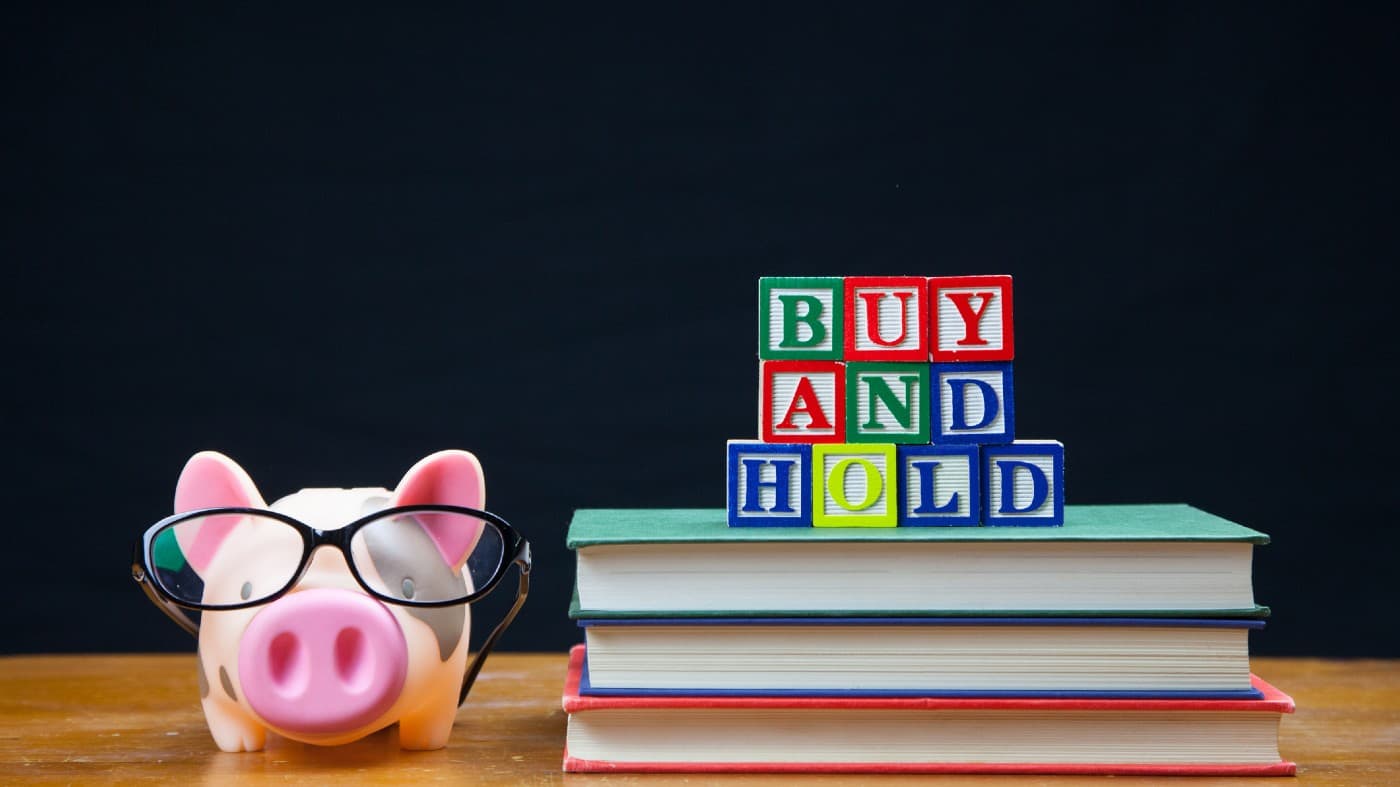Over the past 12 months, high-yield FTSE 100 stock Aviva (LSE: AV) has lost 20% of its value. This flags the insurance firm as a possible bargain buy to me.
But a buy for what – share price gains, dividend yields, or better still, both?
Potential for share price gains
Part of the price drop came from the failures of Silicon Valley Bank and Credit Suisse in March. These prompted fears of failures in other financial firms, such as Aviva.
However, its Solvency II shareholder cover ratio was 212% in 2022. This compares to the 100% ratio that meets the statutory requirements for UK insurance companies.
There is a risk that high-for-longer inflation in UK pushes premiums up and loses Aviva clients. But it is a big firm with deep pockets, and I think inflation is near its peak.
To me then, there seems no core financial reason why the shares will not recoup their 12-month losses over time, although I do not know how long that might take.
Great business growth potential
Further share price gains are supported by the business model, in my view.
After its 2022 results, I was struck by hedge fund manager Cevian saying it was delighted with Aviva’s progress.
Back in 2021, it had taken a 5% stake in the company. At that time it said that Aviva had been “poorly managed” for years.
Only one year later, though, it said new CEO Amanda Blanc had done an “excellent job in restructuring the company”.
I thought the same. Since she took the top job in 2020, eight non-core businesses have been sold off, raising around £7.5bn.
In 2022, its core life insurance new business increased 15% in value from 2021 and general insurance sales went up 8%. Operating profit rose 35%, despite difficult financial market conditions.
In its Q1 2023 update it said it is on track to meet its cost reduction target of £750m by 2024. It is also set to beat its own funds generation target of £1.5bn per annum by the same year.
Major passive income potential
To me, these positive fundamentals look supportive of significant passive income gains as well.
In 2022, it paid out 7%, and in two of the four years before it paid out over 8%.
An additional return to shareholders in 2022 was through a £300m share buyback. This took the total capital return to shareholders to over £5bn since 2021.
Currently, the dividend yield for Aviva is about 8.2%. Analysts forecast payouts in 2024 and 2025 of 9% and 9.1% respectively.
Even at an 8% average over 10 years, a £10,000 investment now would make me £800 per year in passive income. This return would not include further gains from any reinvestment of dividends or share price appreciation. There would be tax liabilities, of course.
By comparison, the FTSE 100’s current average yield is around 3.7%. Next year it is forecast to be about 4%.
I considered Aviva shares a no-brainer buy some months ago for three key reasons.
First, the possibility of the 20% share price loss being recouped.
Second, the prospect of further share price gains based on exciting fundamentals.
And third, the high passive income I will make from them.
These are also reasons why I am seriously considering buying more of the shares very soon.






